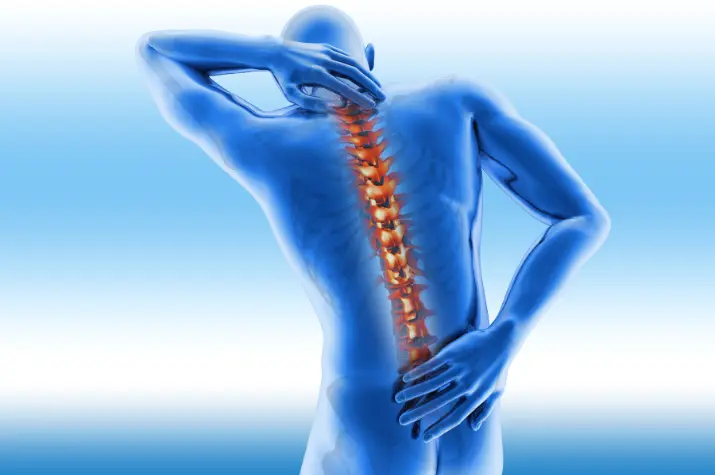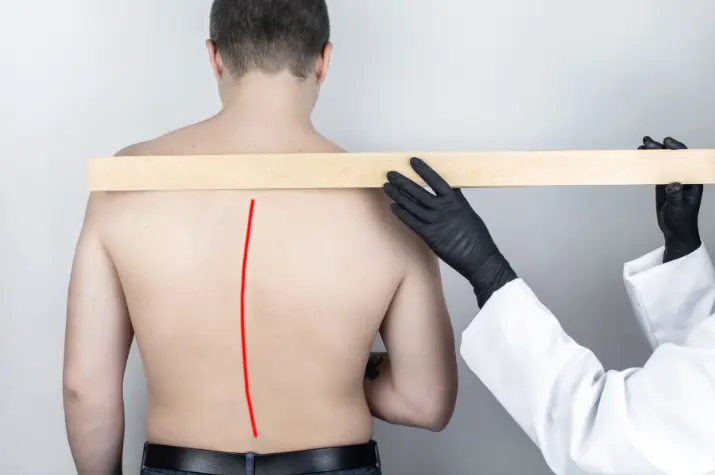
A frequent method used to treat a variety of spinal disorders that cause pain and instability is spine fusion surgery.
To reduce pain and enhance general spinal function, this procedure attempts to stabilize the spine and encourage fusion between vertebrae.
5 Ways Spine Fusion Surgery Helps Relieve Pain and Instability
Here are five ways that spine fusion surgery reduces instability and pain:
1. Stabilization of the Spine
Stabilizing the spine by the fusion of several vertebrae is one of the main objectives of this surgical procedure. Spinal fractures, degenerative disc degeneration, and abnormalities like scoliosis may all contribute to instability in the spine.
Through the process of fusing the damaged vertebrae, spine fusing surgery reduces discomfort and stops future damage to surrounding tissues by removing excessive mobility and maintaining normal alignment.
In addition to enhancing spinal function, this stabilization lowers the chance of further trauma and problems, giving patients long-term support and relief.
Furthermore, improved posture, less pressure on nearby tissues, and general spinal health are all facilitated by a stable spine.
2. Pain Relief
By removing motion at the afflicted spinal segment, a spine fusion operation helps to reduce pain by lessening the irritation of the surrounding tissues and nerves.
Herniated discs, spinal stenosis, and vertebral fractures are among the conditions that can compress spinal nerves and result in back and limb discomfort, numbness, or paralysis.
Nerve pressure is released by stabilizing the vertebral column through fusion, which significantly reduces pain and improves the quality of life for patients. People may now participate in activities they would have avoided because of discomfort, leading to a more active and satisfying lifestyle.
Furthermore, improved mental health, greater sleep quality, and general patient happiness are all correlated with lower pain levels.
3. Correction of Spinal Deformities

To treat spinal abnormalities including kyphosis, spondylolisthesis, or scoliosis, spine fusing surgery is frequently utilized. These disorders may result in an irregular curvature of the spine or a misalignment, which can cause pain, discomfort, and decreased movement.
Spine fusing surgery helps correct posture, restore adequate spinal alignment, and relieve related symptoms including back pain and muscular weakness by joining the vertebrae in the right position. This adjustment not only improves looks but also lessens spinal strain and boosts overall spinal function.
Additionally, improved coordination, balance, and biomechanical efficiency brought about by corrected spinal alignment enable patients to move with greater ease and assurance.
4. Promotion of Spinal Fusion
Since the fusion process entails creating a strong bone bridge between neighboring vertebrae, it is an essential component of spine fusion surgery. To promote new bone development and aid in fusion, bone graft material is inserted between the vertebrae after surgery.
To improve stability and encourage fusion, extra hardware like screws, rods, or cages may occasionally be utilized. The bone graft material eventually integrates with the neighboring vertebrae to form a solid, cohesive spinal section.
Patients may participate in a variety of activities without worrying about their spines becoming unstable or shifting because of the structural support and stability this fusion offers.
Moreover, a successful fusion reduces the need for additional procedures and stops the advancement of degenerative spinal disorders.
5. Restoration of Spinal Function
Spine fusion surgery helps patients regain their spinal function and mobility by stabilizing the spine and lowering discomfort. After a successful spine fusion procedure, patients frequently report increased quality of life, increased capacity to carry out everyday tasks, and increased physical activity.
Even though it might take a few weeks to months for patients to recover from spine fusion surgery, many have notable long-term advantages, such as increased spinal resilience and strength.
Patients can restore their independence and self-assurance in their capacity to go about their everyday lives without interference because of this function restoration.
Furthermore, the likelihood of secondary problems such as muscular atrophy, stiffness in joints, and mobility restrictions is decreased when the spinal function is restored.
Conclusion
A beneficial therapy option for those with painful and unstable spinal issues is spine fusion surgery.
Patients can regain mobility, enhance their quality of life, and get long-term relief from crippling spinal symptoms with this surgical technique that stabilizes the spine, relieves pain, corrects abnormalities, promotes fusion, and restores spinal function.
To assess treatment alternatives and decide if spine fusion surgery is suitable for a particular patient’s circumstances and objectives, speaking with a licensed spine surgeon is crucial.
About The Author:
Stacey Smith is a freelance health writer. She is passionate about writing about women’s health, dental health, diabetes, endocrinology, and nutrition and provides in-depth features on the latest health news for medical clinics and health magazines.




![3 Breathing Techniques Which Relieve Anxiety [And The Science Behind Them] Breathing Techniques Which Relieve Anxiety](https://www.safeandhealthylife.com/wp-content/uploads/2021/09/Breathing-Techniques-Which-Relieve-Anxiety-150x150.jpg)